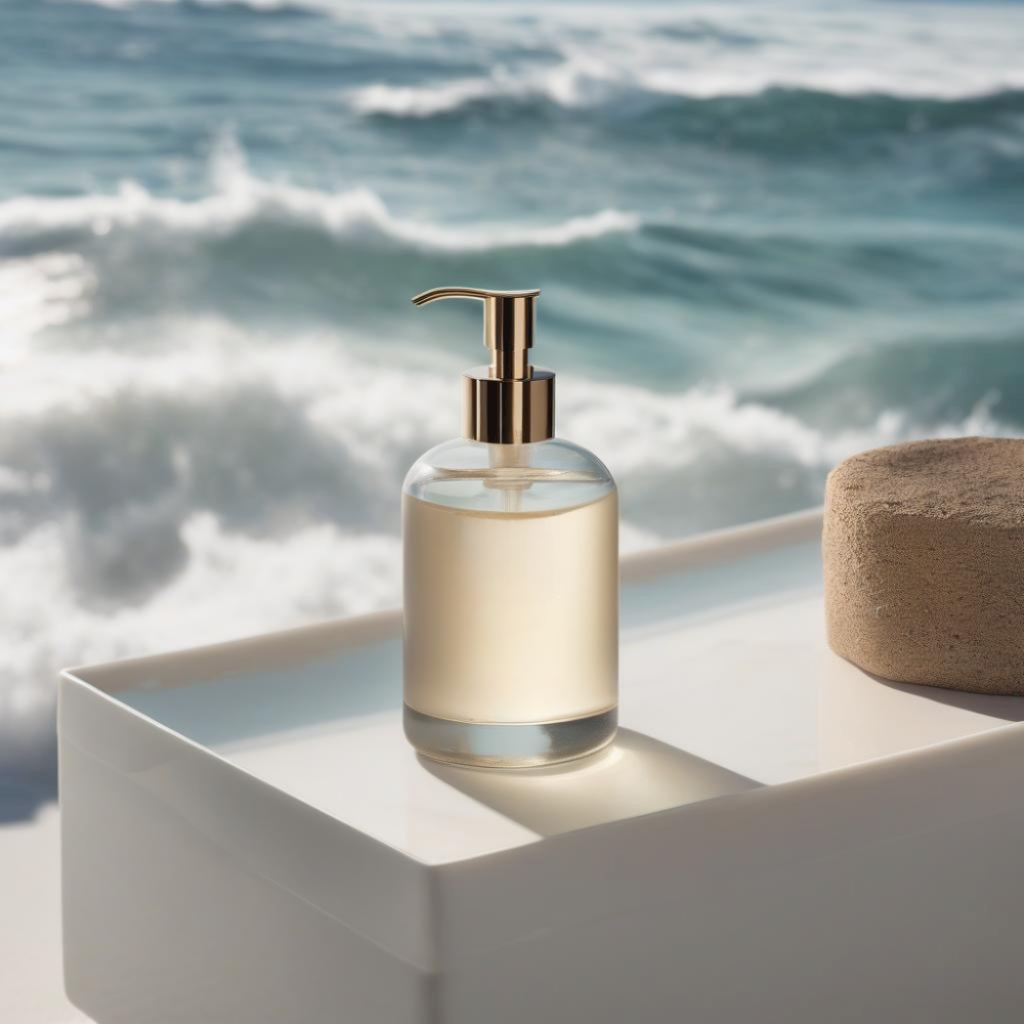Which Thickener is Most Suitable For Transparent Shampoo Formula?
2025-02-06
Thickeners are critical for optimizing shampoo texture, stability, and sensory appeal. Below is an enhanced overview of key thickeners, including carbomer, PEG-150 distearate, gluco derivative, and others ingredients. Hereby ShengQing Materials summarizes advantages and disadvantages of different thickeners for shampoo per formulator’s experiences.
1. Carbomer
Advantages:
- Forms high-clarity gels, ideal for transparent shampoos.
- Excellent suspension stability for particles (e.g., exfoliants or pearls).
- Compatible with sulfate-free systems and pH-balanced formulations.
Disadvantages:
- Requires pH adjustment (neutralization with triethanolamine or NaOH), adding formulation steps.
- Sensitive to electrolytes (e.g., salts), which may reduce viscosity.
- Higher cost compared to some alternatives.
Usage:
- Add during the water phase; neutralize post-surfactant addition.
- Typical dosage: 0.1–0.5%.
2. PEG-150 Distearate
Advantages:
- Acts as a thickener and co-emulsifier, enhancing viscosity in surfactant-rich systems.
- Creates creamy textures via worm like micelle formation.
- Efficient in hot-process formulations (dissolves at 60°C).
Disadvantages:
- Requires thermal processing, limiting cold-mix compatibility.
- Less effective in low-surfactant or sulfate-free systems.
- Synthetic origin may not align with "clean beauty" trends.
Usage:
- Ideal for traditional shampoos with cocamidopropyl betaine.
- Dosage: 0.5–5%.
3. Gluco Derivative
Advantages:
- Natural origin (glucose + fatty alcohols), eco-friendly and biodegradable.
- Mild and gentle on sensitive scalps, suitable for baby shampoos.
- Doubles as a secondary surfactant for foam boosting.
Disadvantages:
- Lower thickening efficiency compared to synthetics.
- May require higher dosages or synergists (e.g., salts).
- Limited compatibility with high electrolyte concentrations.
Usage:
- Best for sulfate-free, natural, or hypoallergenic shampoos.
- Typical type is SQ-DOE 120 or SQ-DOE 120S.
- Dosage: 1–10%.
4. Xanthan Gum (Natural Thickener)
Advantages:
- Natural and non-GMO, appealing to green formulations.
- Stable across a wide pH range (3–9).
- Provides shear-thinning flow for easy dispensing.
Disadvantages:
- Can create stringy or slimy textures if overused.
- Requires hydration time; prone to microbial growth without preservatives.
- Less effective in high-surfactant systems.
Usage:
- Hydrate in water before adding surfactants.
- Dosage: 0.1–1%.
5. Hydroxyethylcellulose (HEC)
Advantages:
- Non-ionic, compatible with most surfactants and electrolytes.
- Forms smooth, non-stringy gels.
- Cost-effective and widely available.
Disadvantages:
- Requires prolonged hydration time.
- May cloud formulations; not ideal for clear shampoos.
- Moderate suspension stability.
Usage:
- Suitable for opaque or pearlescent shampoos.
- Dosage: 0.5–2%.
Comparison Table
| Thickener | Type | Advantages | Disadvantages | Best For |
| Carbomer | Synthetic | Clear gels, pH stability, sulfate-free | Requires neutralization, salt-sensitive | Transparent, pH-balanced shampoos |
| PEG-150 Distearate | Synthetic | Creamy textures, surfactant synergy | Heat processing, synthetic origin | Surfactant-rich, creamy shampoos |
| SQ-DOE 120 | Natural | Mild, eco-friendly, multifunctional | Lower efficiency, electrolyte sensitivity | Natural/sensitive-scalp shampoos |
| Xanthan Gum | Natural | Wide pH stability, shear-thinning | Stringy texture, microbial risk | Eco-friendly, shear-thinning gels |
| HEC | Semi-synthetic | Cost-effective, non-ionic | Cloudy gels, slow hydration | Opaque or pearlescent shampoos |
Selection Guidelines
1. Clarity vs. Opacity: Use Carbomer or HEC for clear/opaque shampoos, respectively.
2. Natural Appeal: Prioritize Gluco Derivative or Xanthan Gum for green formulations.
3. Processing Ease: PEG-150 Distearate suits hot-process systems; HEC/Carbomer need hydration/pH adjustment.
4. Cost: HEC and Xanthan Gum are budget-friendly; Carbomer and APGs are premium.

Key Takeaways
- Synthetic thickeners (e.g., Carbomer, PEG-150 Distearate) offer precision and performance but may lack sustainability.
- Natural thickeners (e.g., SQ-DOE 120, Xanthan Gum) cater to eco-conscious markets but require formulation tweaks.
- Synergistic blends (e.g., APGs + salts) can optimize viscosity and cost.
Q&A
1. Could liquid carbomer (acrylate copolymer) be used for transparent shampoo?
Yes, ShengQing has one type SQ-Susper 40, it’s used for body wash and shampoo, which has excellent transparency and also its suspending ability is outstanding.
2. Which types of carbomer is most suitable for shampoo formula?
Carbomer 980 and Ultrez 20 are relatively suitable for shampoo formula. Remaining types are not ideal because the clarity is not so good, or solvent inside carbomer is unable to meet the standard.



